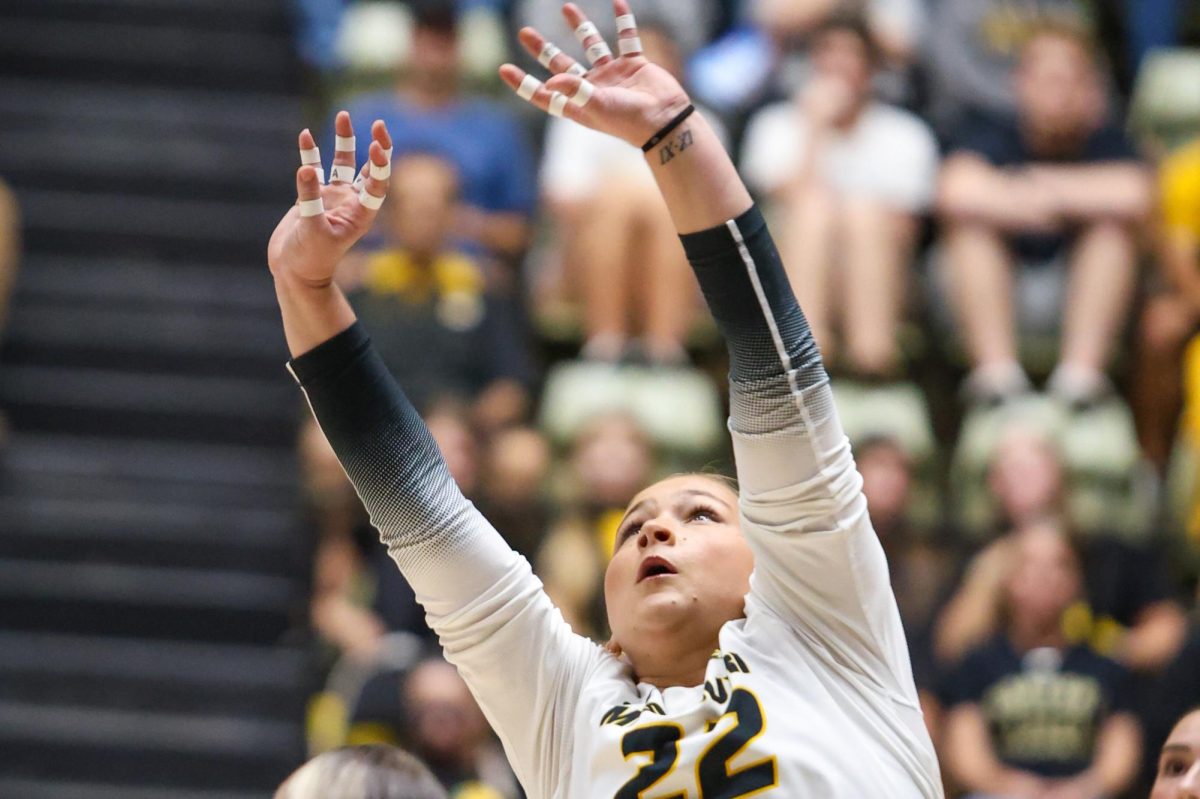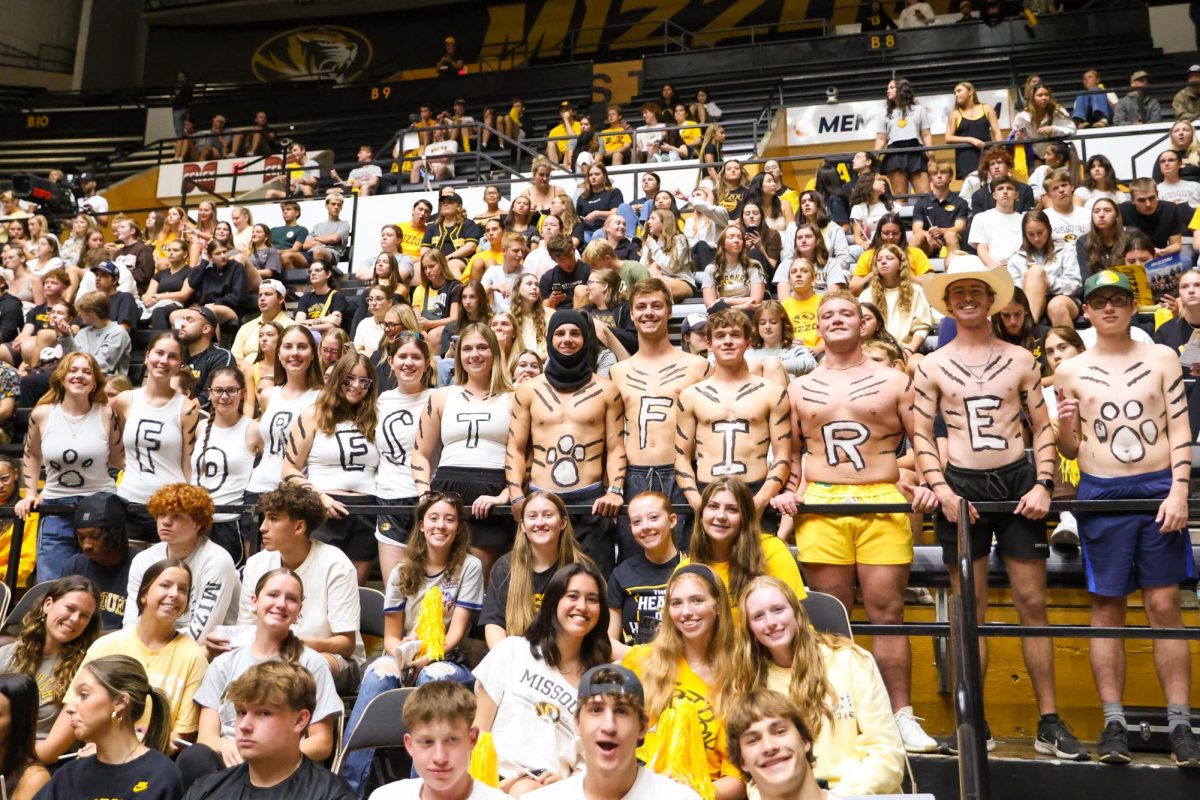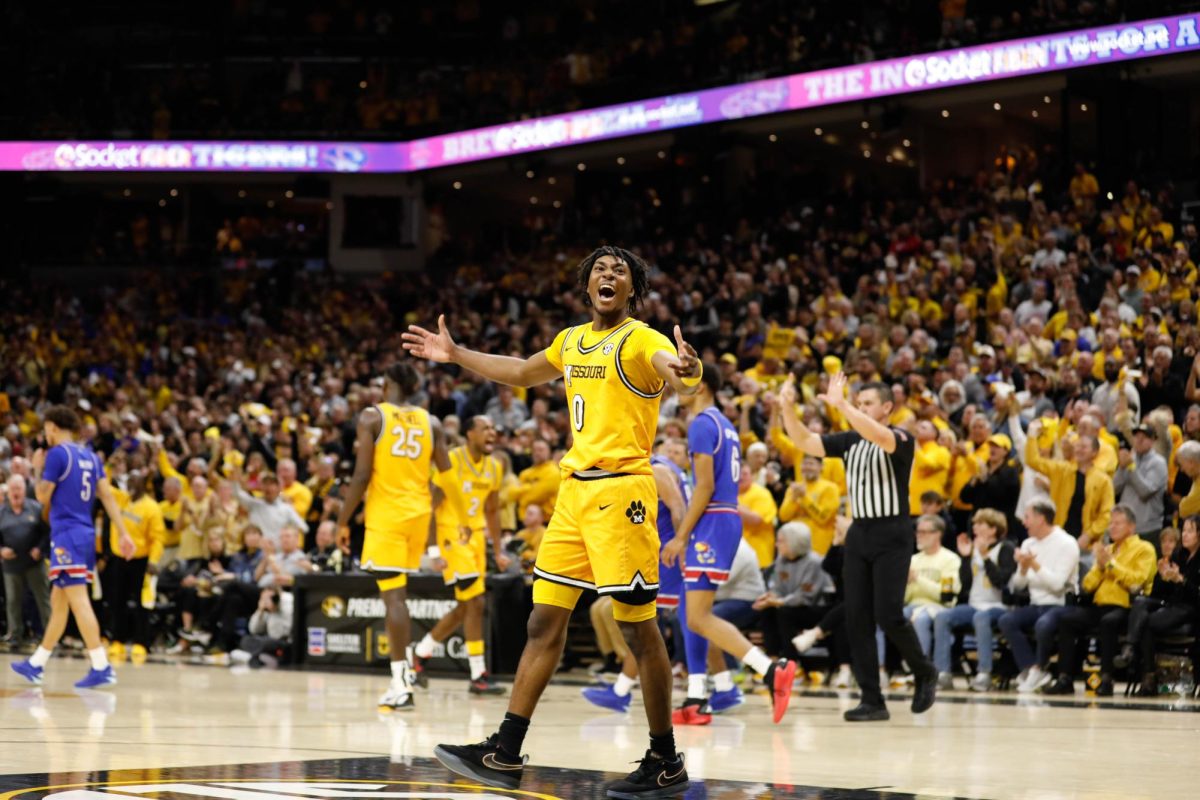Home runs used to fly out of NCAA parks four years ago in an era of beefed-up metal bats, but last year, offense reached a 40-year low in NCAA baseball.
Since the switch to BBCOR-regulated bats in 2011, there’s been an average drop of more than one run a game.
BBCOR stands for “batted ball coefficient of restitution,” and a BBCOR bat lessens the springiness of a ball coming off a bat. As this bounciness decreases, so too does the batted ball speed.
The NCAA instituted the switch to BBCOR bats in 2011 to make the bats similar to the wooden bats in Major League Baseball and to make the game safer. BBCOR bats are still metal, but they do not launch a ball as quickly as the metal bats formerly used in the college ranks.
“The faster the ball comes off the bat, the better your chances are of reaching base safely,” Alan Nathan, a physics professor at the University of Illinois, said in a 2010 NCAA study of bats.
With the new BBCOR bats, a decrease in offensive production has followed.
In 2013, 5.27 runs were scored per game, the lowest level since 1973. Since 1970, the year the NCAA began collecting country-wide data, runs per game have only been below six for 10 total years, 1970-1977 and 2011-2013.
The continued decrease could simply be a statistical anomaly. Numbers fluctuate, and sometimes that fluctuation is nothing but random error.
At first, though, it’s difficult to adjust to swinging BBCOR bats.
“It takes a little time to learn how to swing,” Missouri coach Tim Jamieson said. “When hitters have that (struggle), it becomes psychological. It becomes more difficult from a confidence standpoint.”
After three years of using BBCOR bats, though, hitters say they have adjusted.
“Of course it was a downgrade from the collegiate bats used back then,” senior infielder Shane Segovia said. “As long as we’ve been using them, we’ve made the adjustment. We know what we can do with these bats, and we know what we can’t do. The adjustment is just fine. It’s not too big a deal.”
Segovia is producing a .394 on-base percentage and slugging .427. He is tied for the most extra base hits on the team.
Hitters are not the only ones who needed to make adjustments. With fewer home runs being swatted, the team places a greater value on small-ball, which includes bunting and aggressive base running.
“We don’t have guys with a lot of pop,” Jamieson said. “We can’t sit back and wait for a big inning. Offensively, we’ve tried to coach the team from the same standpoint. We try to be able to bunt. We try to hit and run. We try to do all of those types of things.”
The Tigers have shown adjustments to the new offensive environment.
In the first two years of the BBCOR regulation, Missouri baseball bunted and stole more bases.
Jamieson said he doesn’t foresee changing his recruiting tactics to favor speed.
“From a recruiting standpoint, you might put more emphasis on defense now, particularly in the middle of the field,” Jamieson said. “In the past, when you looked at a guy, you tried to evaluate him as a hitter and a fielder. The hitting part of it probably isn’t as important as preventing runs from being scored.”









